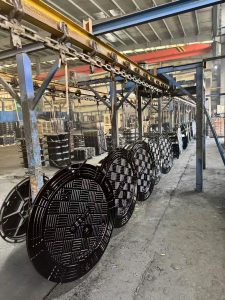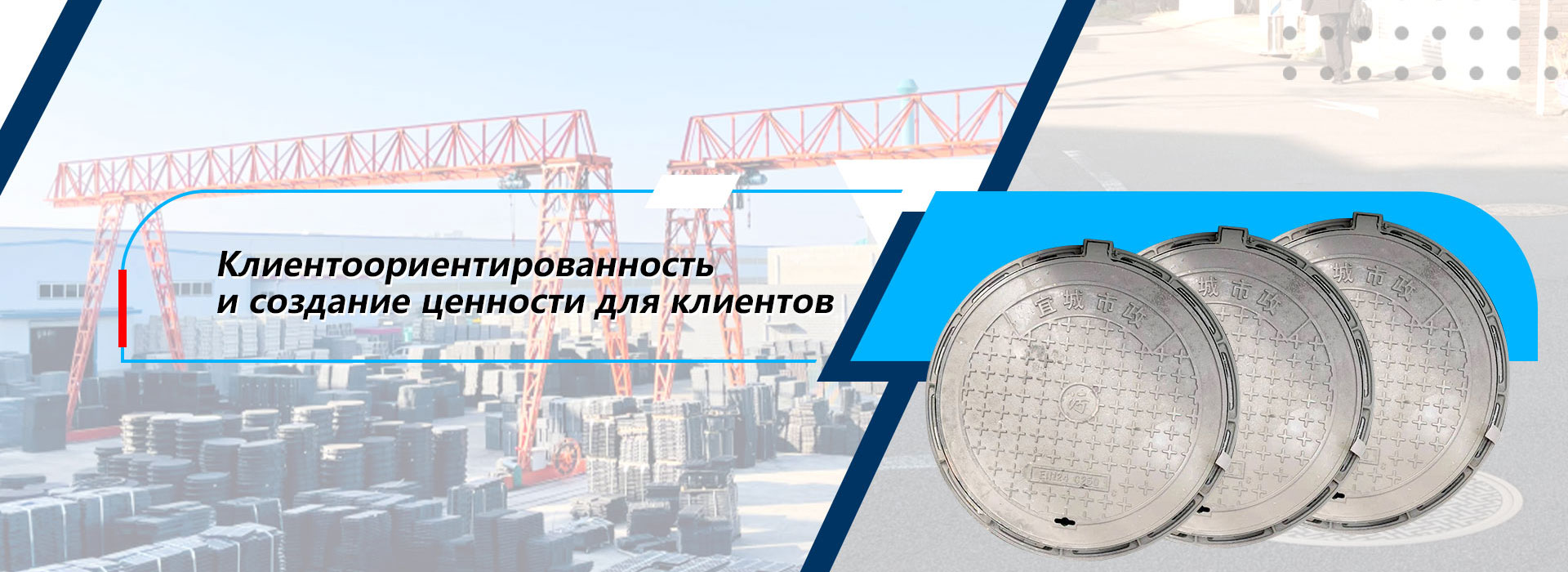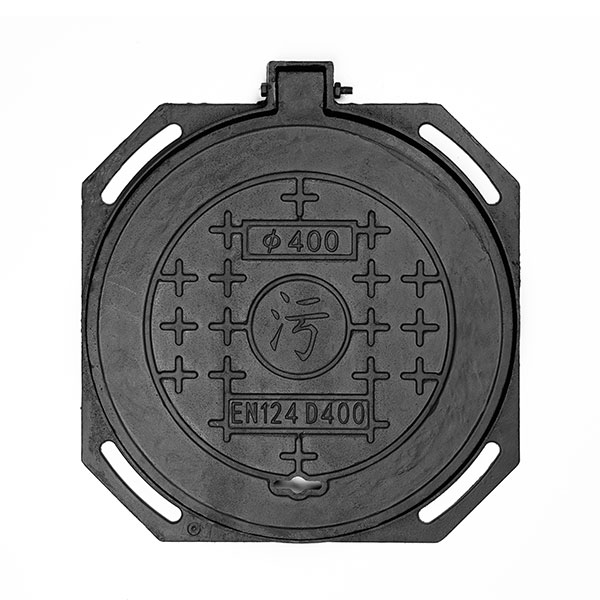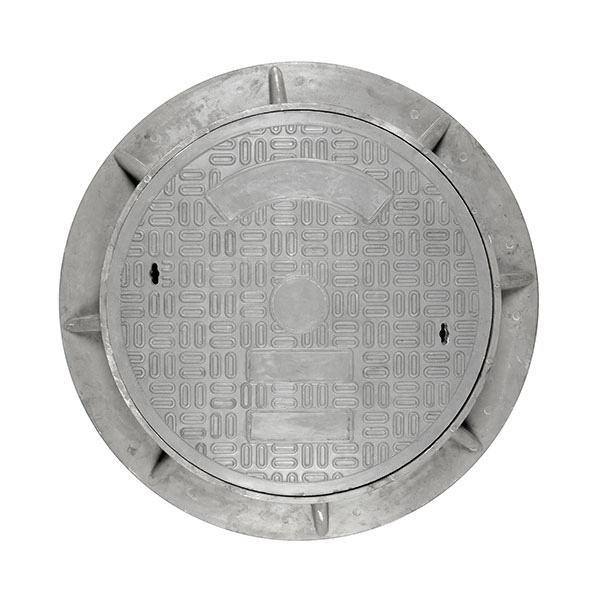
Study of cast iron hatches with spherical graphite and analysis of the advantages of anti -estate hatches
2025-04-18
Cast iron hatches with spherical graphite are infrastructure products made of high -strength cast iron. Thanks to the spheroidization and modification process, a structure with spherical graphite is formed in the material, which significantly improves mechanical properties: high strength, plasticity, corrosion resistance and durability. At present, such hatches dominate the world market, occupying more than 95% of the share, and are widely used in municipal roads, public facilities, industrial zones and underground utilities.

1. Technical characteristics and advantages
- High strength: the tensile strength exceeds 420 MPa, the fluidity limit is 300 MPa, which is close to the level of low -carbon steel and significantly exceeds the gray cast iron.
- Corrosion resistance: a graphite layer on the surface forms a protective film during corrosion. The corrosion rate is only 1/40 of steel pipes and 1/10 from gray cast iron, the service life is 5 times longer than conventional steel pipes.
- The possibility of processing: metal properties allow you to re -use the material after damage, reducing the cost of maintenance.
- Design flexibility: optimization of properties through improving casting technologies and the composition of alloys, as well as the integration of artistic elements that turn hatches into cultural objects of cities.
2. Market situation and competition
In China, the market for cast -iron hatches with spherical graphite is huge: by 2023, its volume will exceed 480 billion yuan. The annual need for replacement is estimated at 34 million units, and taking into account new projects (for example, complex pipeline galleries), the market will continue to grow.
The industry is fragmented: thousands of companies compete through prices, service and logistics.
Advantages of anti -estate cast iron hatches
Anti -audit hatches - an improved version of traditional, designed to solve the problems of shrinkage, displacement and noise. Their key advantages:
1. Anti -accountant function and self -regulation
- The joint design of the frame and the hatch distributes 85% of the load from the transport on the roadway, preventing the destruction of the frame.
- The self -regulating structure automatically adjusts the height under pressure, minimizing the risk of shrinkage.
2. Protection against theft and safety
- Systems with hinges, code locks or spring mechanisms exclude an unauthorized discovery.
- The anti -slip surface and built -in rubber seals reduce noise and increase safety in the rain.
3. Durability and environmental friendliness
- resistance to wear and strokes: service life - up to 15 years (the actual replacement cycle - about 10 years).
- The use of the processed cast iron reduces the energy consumption and emissions of Co₂.
4. Optimization of installation and maintenance
- A wide frame protects the asphalt from the penetration of water, extending the service life.
- Modular installation simplifies the installation, and the cost of maintenance is lower than that of composite analogues (not subject to processing).
Development trends
1. Intellectualization: the introduction of sensors and IoT for monitoring the state of the hatches (alert of inclination or displacement).
2. Innovation in materials: development of corrosion -resistant alloys and biomaterials, improvement of foundry technologies.
3. Green production: a decrease in energy consumption and emissions to achieve carbon neutrality.
4. Aesthetics and culture: artistic design of hatches, taking into account regional cultural characteristics.
Conclusion
Anti -accounting cast -iron hatches have become a key element of urban infrastructure due to the strength, resistance to shrinkage, safety and environmental friendliness. With an increase in urbanization (by 2035 - 75%) and technological progress their market will expand. To strengthen leadership, resource consolidation, standardization and transition to intellectual and environmentally friendly solutions are necessary.









